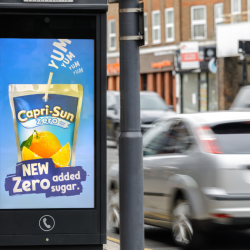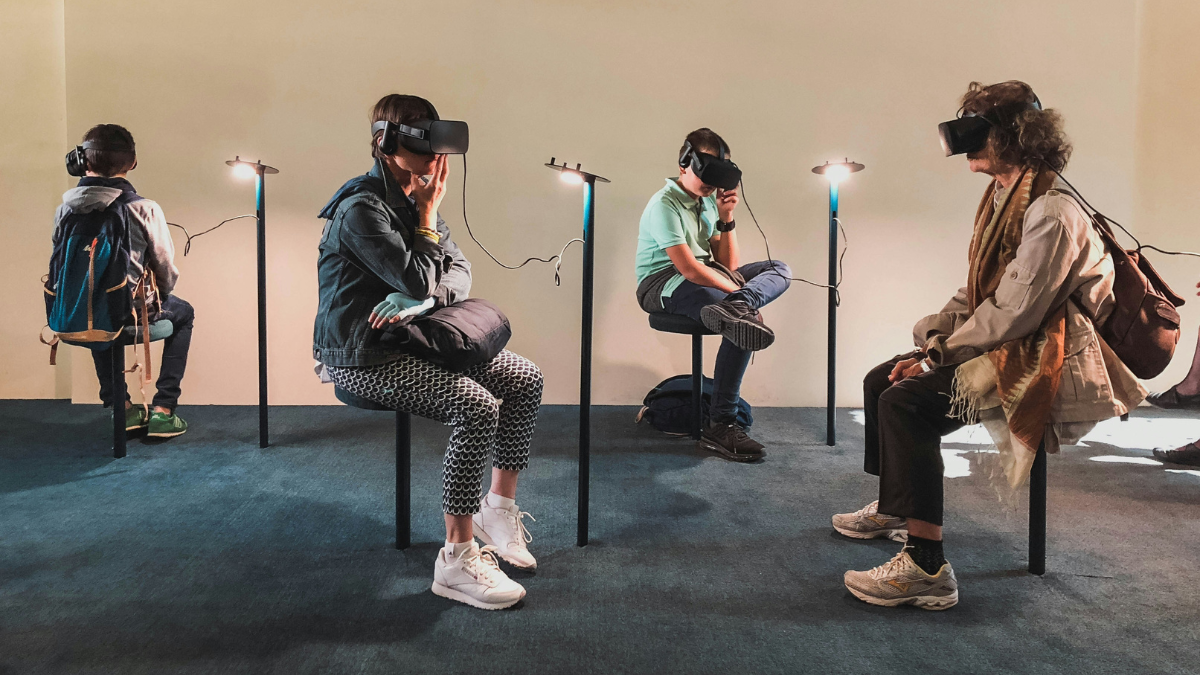The early 2000s brought us the age of social media, endowing us with an unlimited capacity to share our lives with the world. Our reward was that we got to see the lives of all our friends, family, colleagues, and all their friends, families and colleagues — all for free. As competition ramped up in the 2010s and companies fought over our attention, we found ourselves at the centre of a rush to give us more: better services, faster, more innovative and more advanced. It’s now 2024, and content from brands, celebrities, and influencers are king; kings with an insatiable and addictive hunger for the attention on which they thrive, and, in some cases such as Open AI, grow in power as we engage with them, like a monster from a children’s book.
But the dream of unlimited content is beginning to sour, and we have never been more aware of what our attention gives others, but also, what it might cost us in the process. However, in the attention economy, we ultimately have control over our greatest resource and can exert our power by being discerning about how we distribute it.
Limiting attention
The addictive design and negative mental health effects of social media are well and extensively documented. But we have been creating limitations for ourselves and our attention for a while, visible in apps such as Elqi, promising to lower our screen time by 65%, and Nibble offering to turn doom scrolling into micro-learning. Analogue devices are being embraced by younger consumers seeking to create memories rather than content for attention monsters using dumb phones and disposable cameras. Amsterdam-based The Offline Club has hit the headlines recently for offering events in which participants both have time for chatting, but also scheduled quiet time to spend doing anything they want as long as they don’t disturb others. This conscious limiting of giving attention to others and yourself represents the ideal way to socialise, and crucially, brands, phones and content are nowhere in sight.
Diversifying attention
As well as limiting the extent to which we give out our attention, we are also seeing a diversification in what we are choosing to patronise with it, divesting attention and seeking to create experience that doesn’t come with conditions or compromise. In London, peak cool running club Friday Night Lights has become a party in the streets, with all the energy, sweat and step count of a night stomping in the club, but none of the hangovers, unhealthiness and nihilism.
Indeed, the rise of running clubs (or chess clubs, or private clubs, or walking clubs, or twitching clubs) as cool is a clear indication that people are looking to community, as well as investment in the self, more than traditional outlets for attention. After all, why should the attention we give Instagram come with side effects when we can go for a run with some nice people?
And it’s not just hobbies we are divesting our time in — the growth in peer-to-peer means that rather than giving attention to big brands and media, we can patronise peers for delicious treats on DELLI, buy and sell clothes on Vinted from people like us, and learn DIY from a nice trans non-binary person on TikTok. What this shows is a growing appetite to give attention to people, more than brands and businesses.
Activist attention
We are increasingly seeing the power of our attention being used as a tool to directly affect change, protest and influence the world around us. Of course, boycotts are not new, but in the attention economy, our lack of attention can be manipulated to have a greater impact. A campaign has started on TikTok that aims to not only boycott celebrities who have not used their platform to speak out about the suffering in Palestine but to block them and, thus, limit their reach and resulting revenue from advertising on social media platforms.
Tricia Hersey’s 2022 Rest is Resistance advocates for removing attention to grind culture through rest, and as Bizzi Lavelle writes in an article discussing why she and other First Nation Australians are opting to rest on Invasion Day, ‘pausing for a moment disrupts the colonial, patriarchal capitalist systems we all live under’. In the attention economy, there is power in silence.
Attention has become a defining resource of our age, driving digital economies and lining the pockets of traditional brands and media companies. But somewhat ironically, in its endowment as highly valued, we have all been given a Universal Basic Income — an income that holds value but that is disconnected from financial wealth. As we learn to use attention to serve us in better ways and to limit the theft of it, we are becoming increasingly wise investors. And with our growing ability to influence, we are increasingly able to exert power in the world.
Featured image: Marloes Hilckmann / Unsplash






























